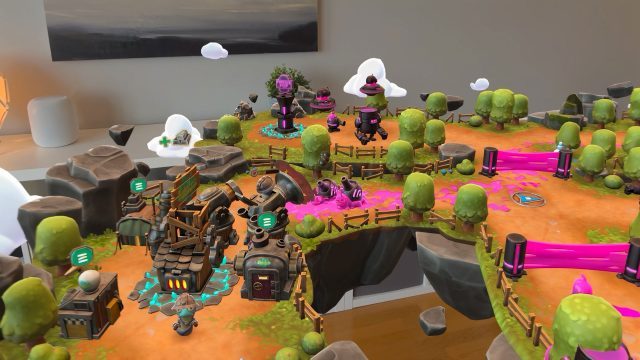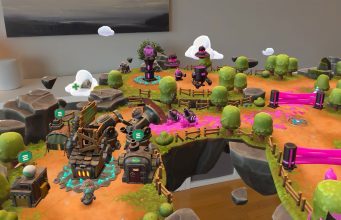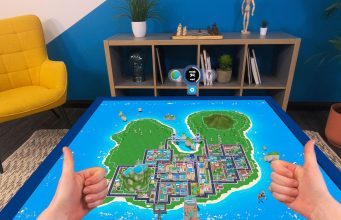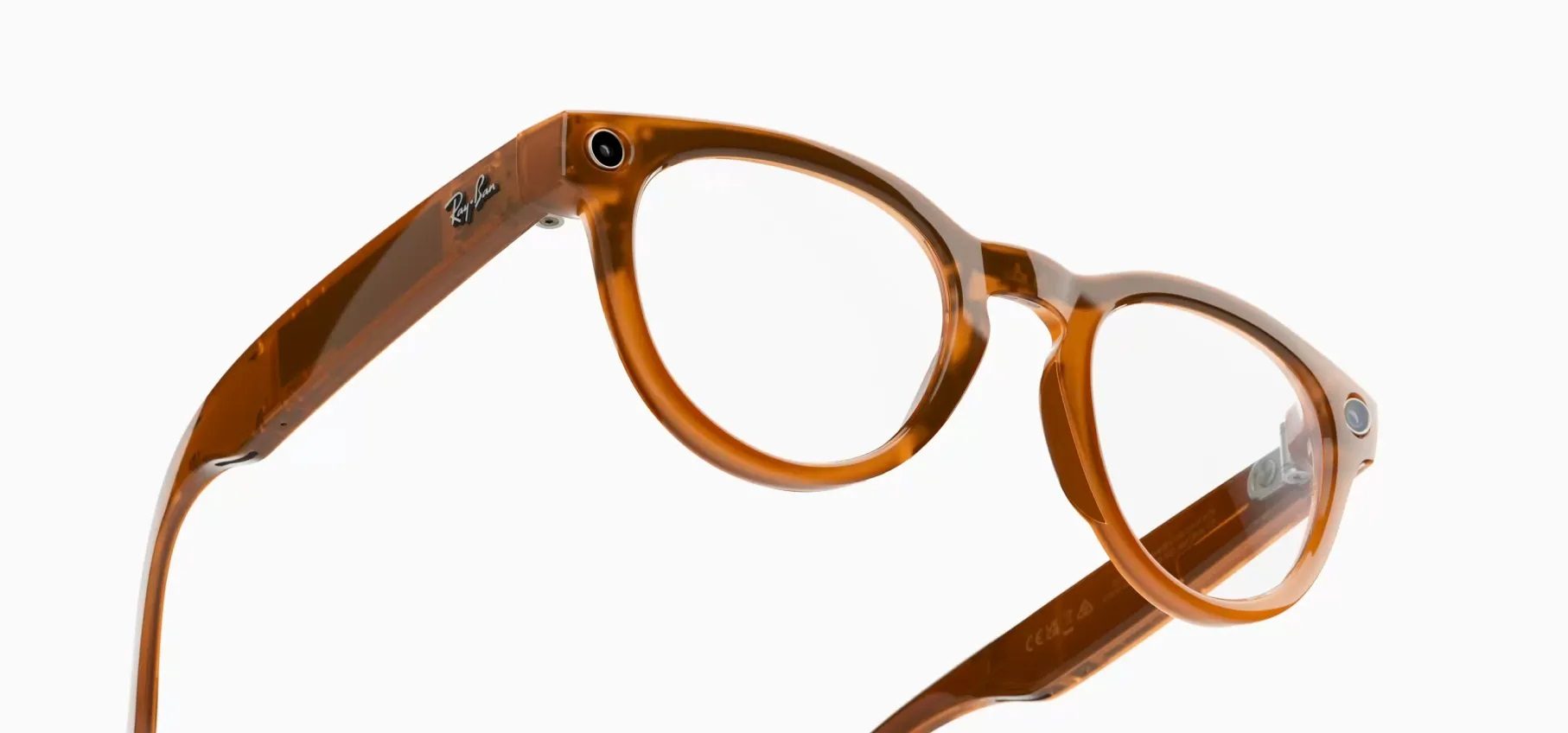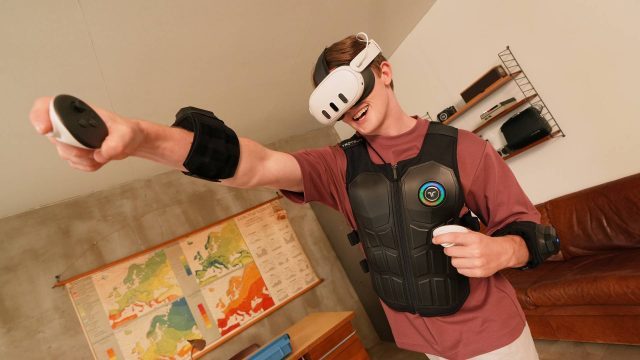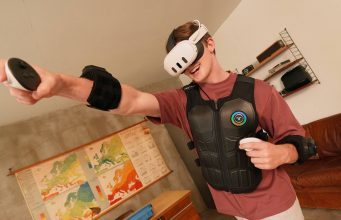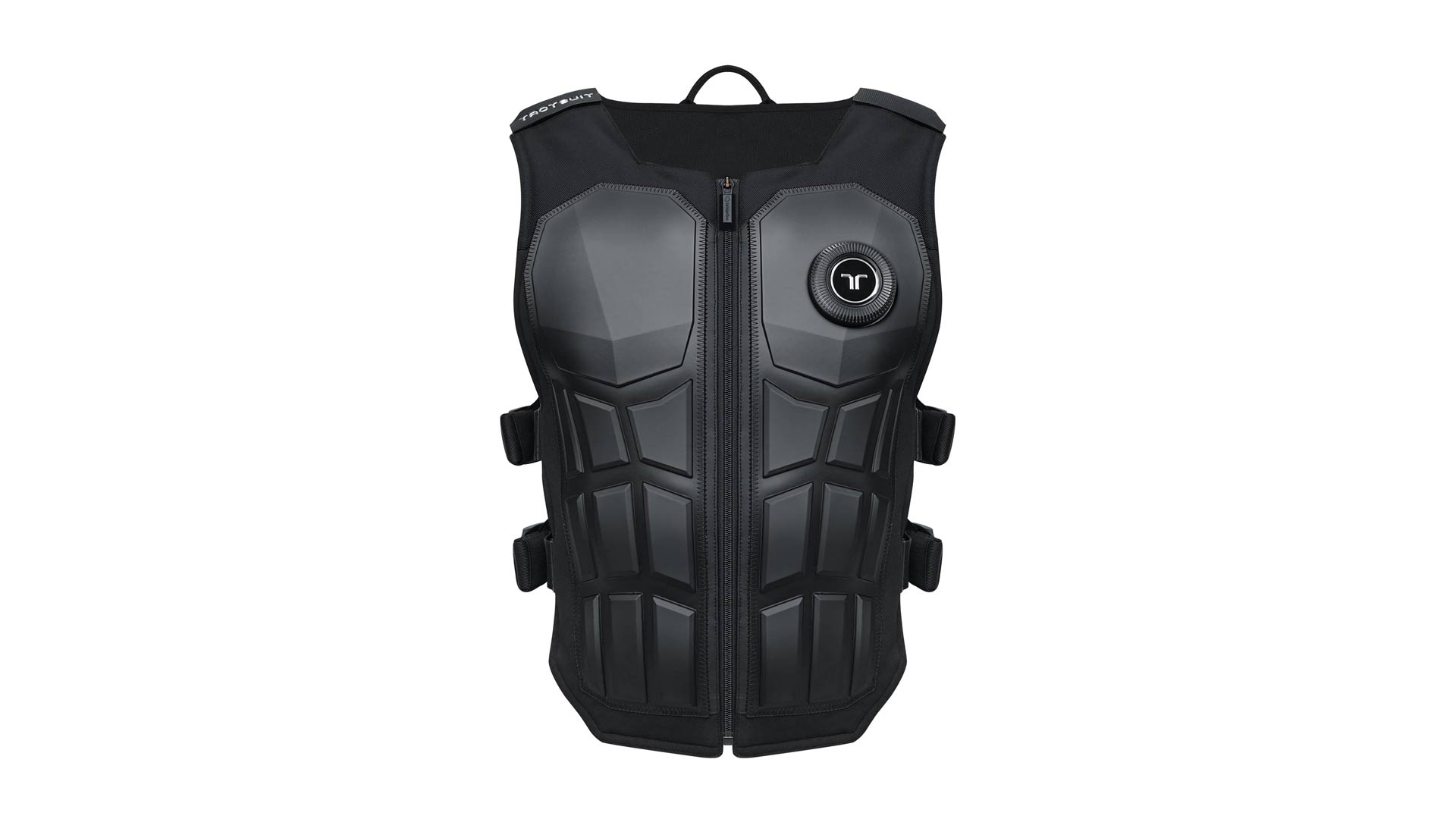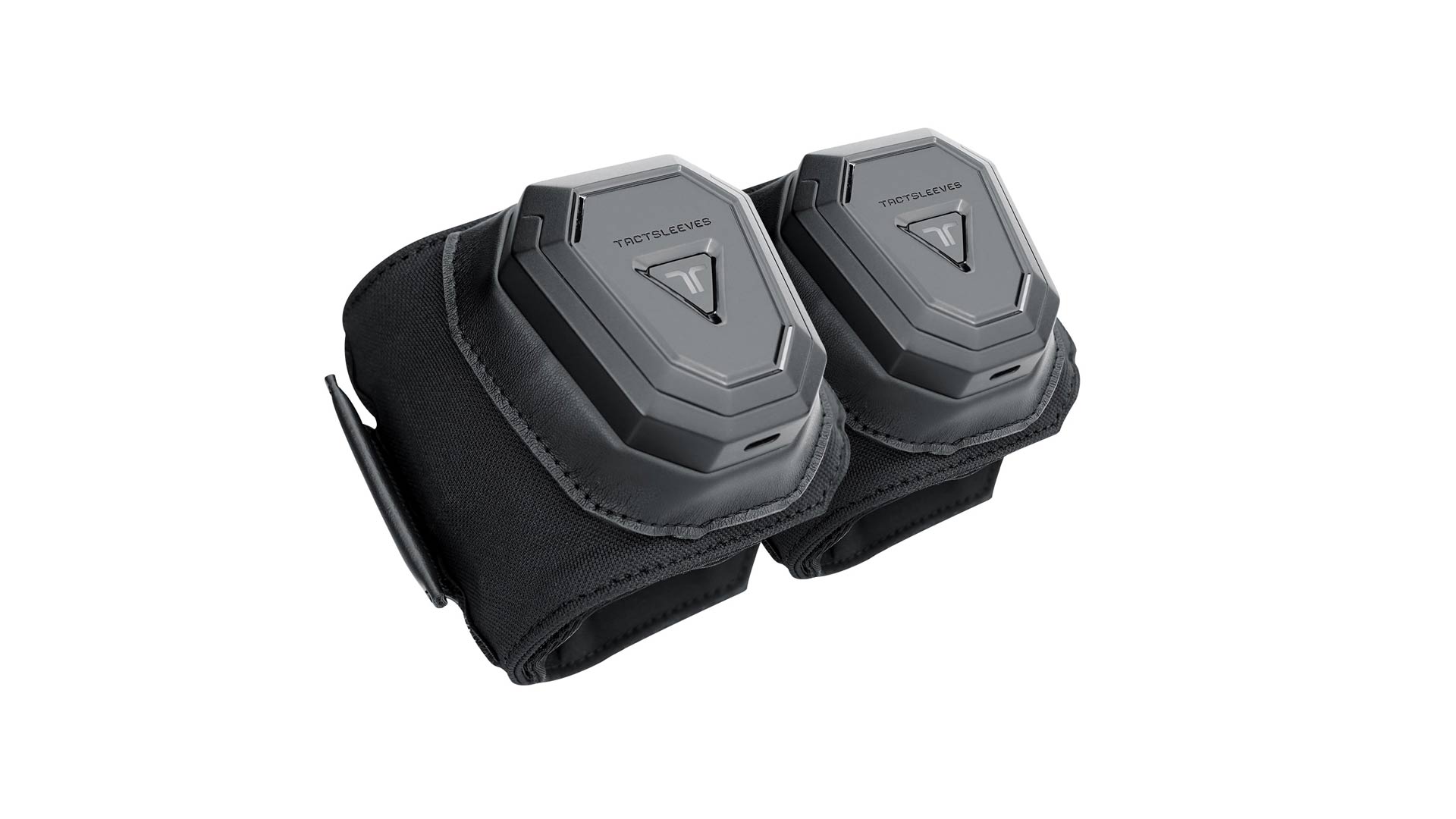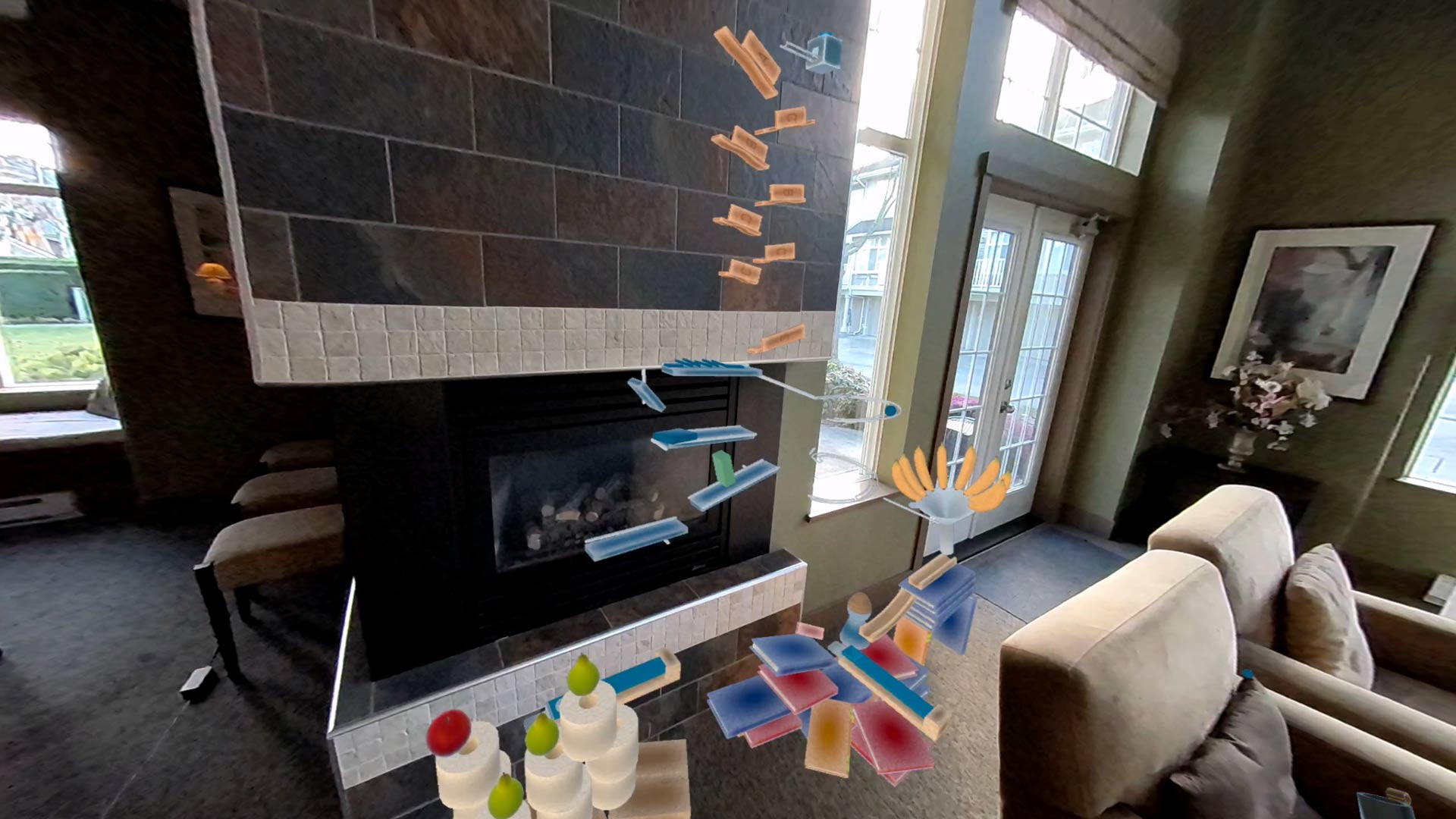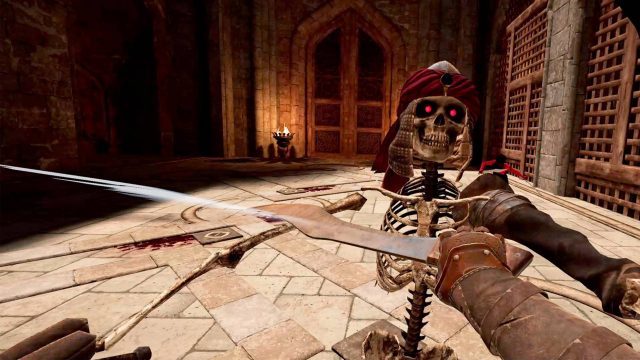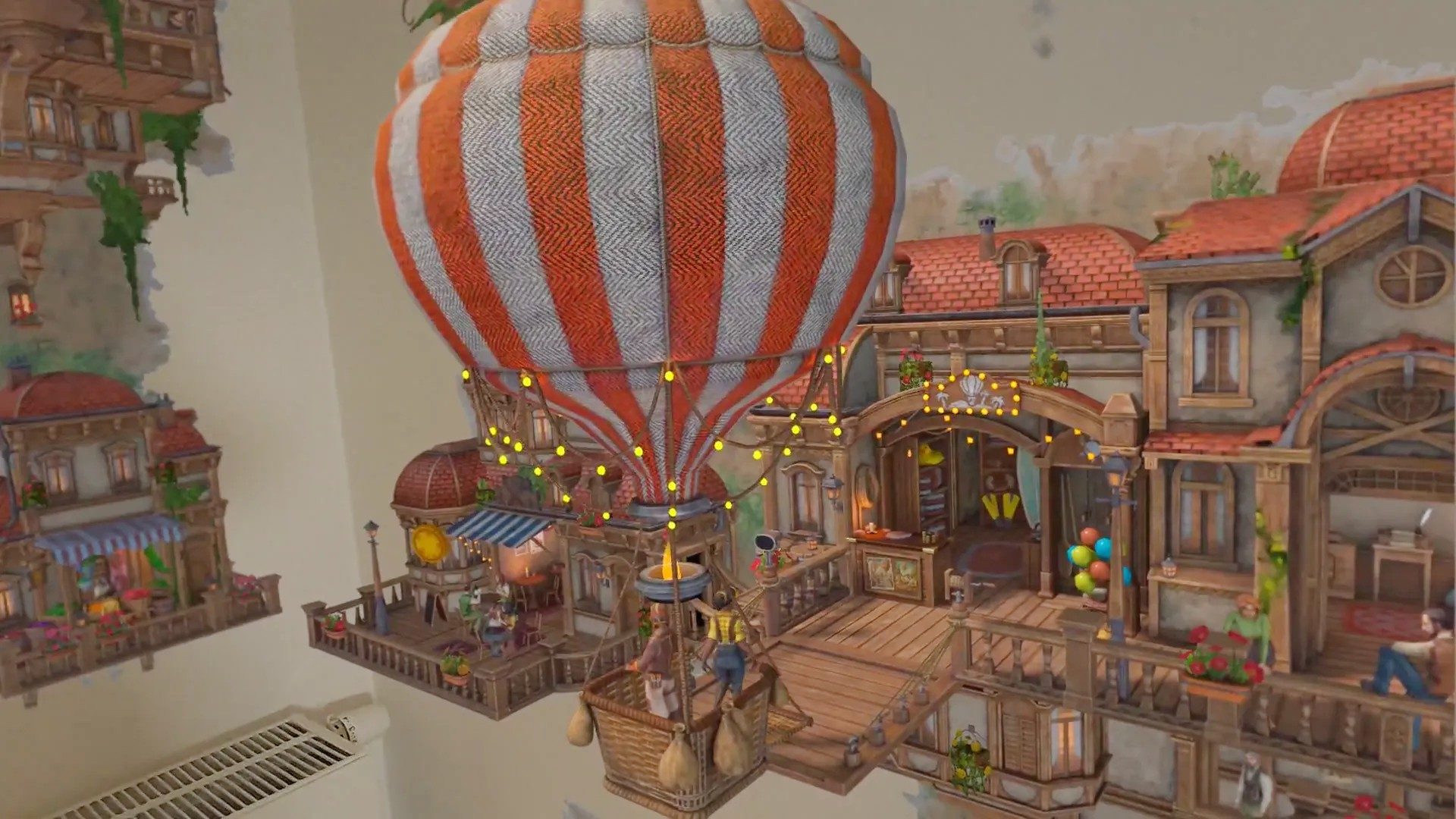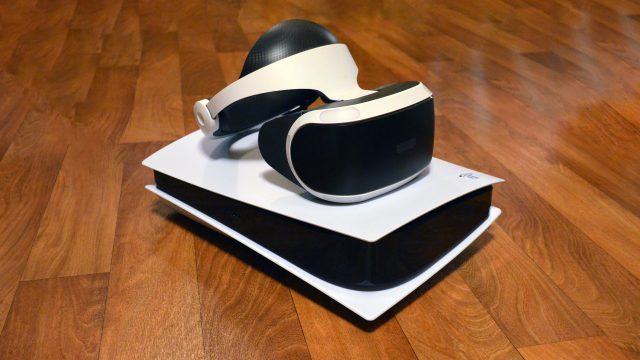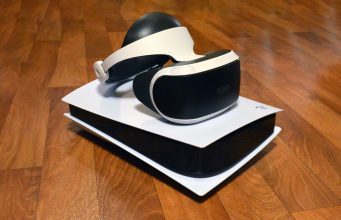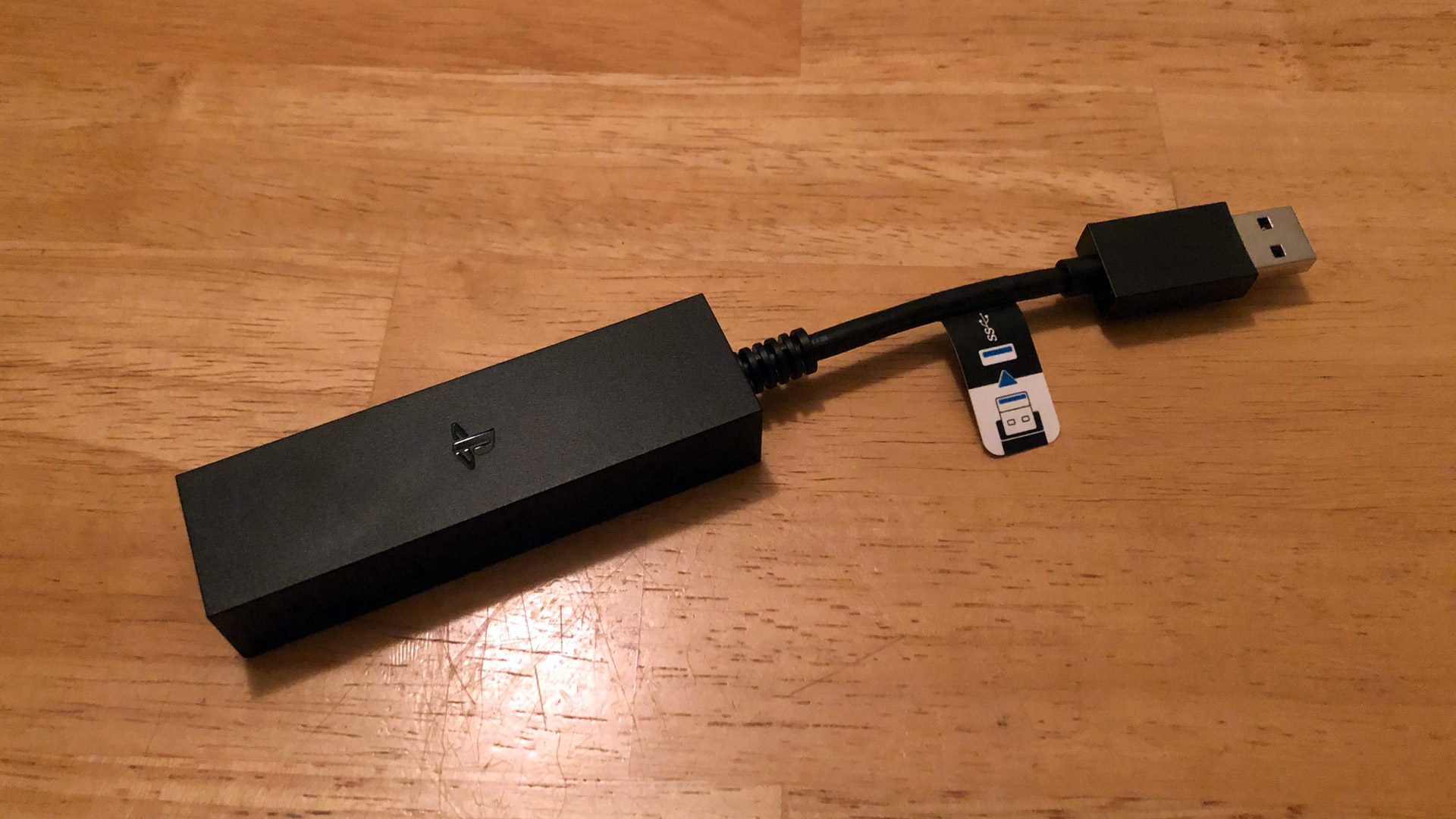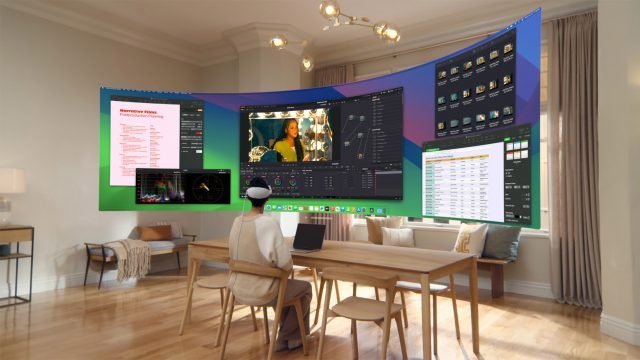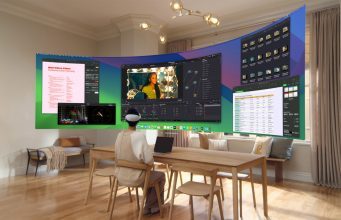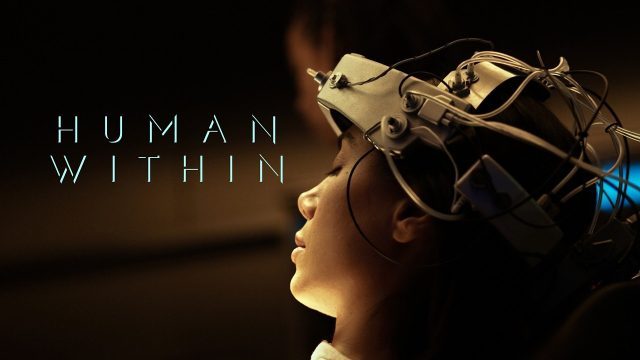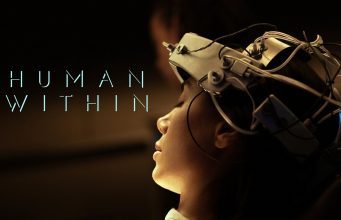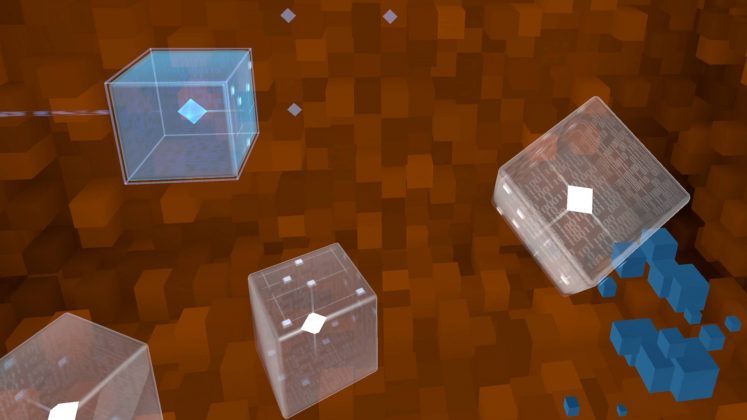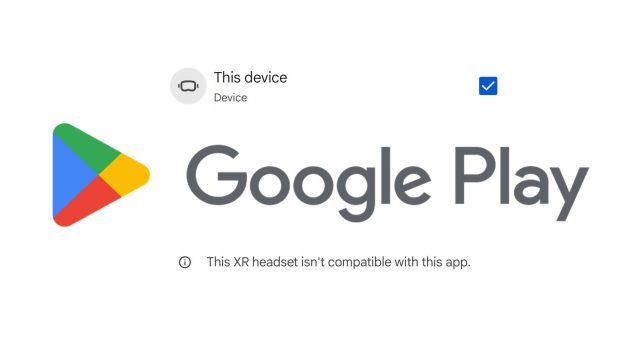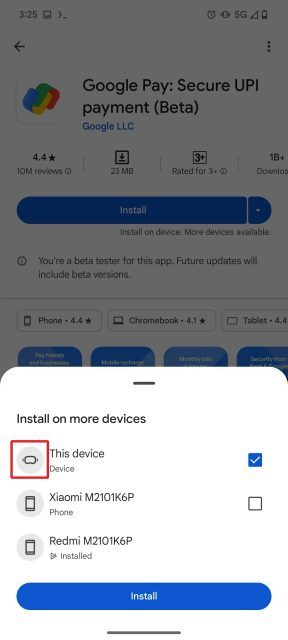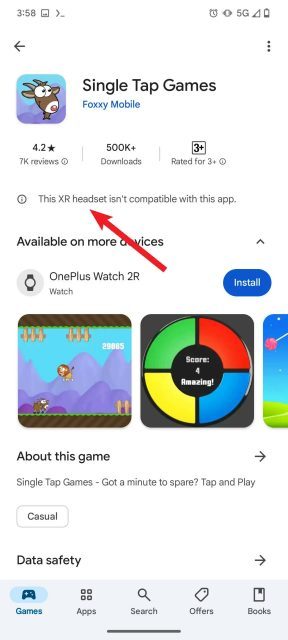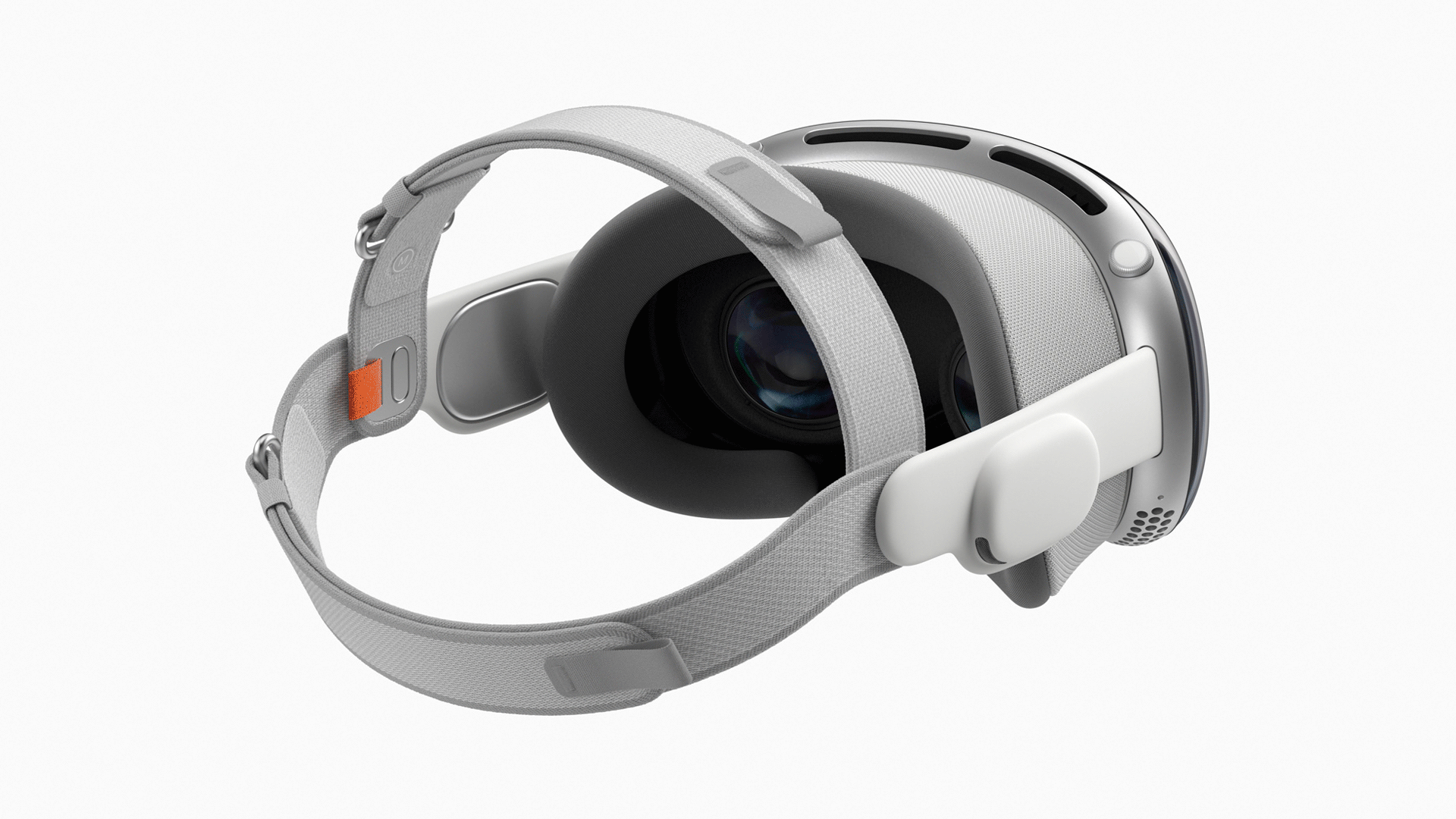‘Spatial Ops’ Brings Multiplayer Arena Shooting to Mixed Reality Today, New Trailer Here


Spatial Ops, the mixed reality shooter from Resolution Games, officially releases today on Quest, letting you organize essentially the wildest game of laser tag imaginable.
Now available on Quest 2/3/Pro, Spatial Ops lets you go head-to-head with up to eight players across a number of game modes, including Free for All, Team Deathmatch, Capture the Flag and Domination.
Since it uses a fairly large room-scale space, you might think Spatial Ops would be better suited for VR arcades, however it prominently features a level editor so you can tailor your matches to fit any space.
For local play, you simply need to map out a room (or entire floor) to turn your space into a combat zone for competitive or team-based play. If you can agree upon a mutual playing field with your farther-flung friends (i.e. not local), you can also play online too.
Check out our early hands-on to learn more about Spatial Ops’ gameplay, weapons, environments and more.
In addition to the game’s multiplayer arena shooting action, Spatial Ops also features a two-hour Campaign Mode for some added wave shooting action. A separate Campaign Edition for Pico headsets also launches today.
“Spatial Ops represents the next step in the evolution of first-person shooters, delivering a level of engagement and physicality never before seen in gaming, where the real and digital worlds become one around you and your body is the controller,” said Tommy Palm, CEO and founder of Resolution Games. “In all my years in gaming, I can say that we are absolutely ushering in a new era of gameplay with Spatial Ops.”
You can grab Spatial Ops on the Horizon Store for Quest 2, 3, 3S and Pro, priced at $20.
The post ‘Spatial Ops’ Brings Multiplayer Arena Shooting to Mixed Reality Today, New Trailer Here appeared first on Road to VR.
